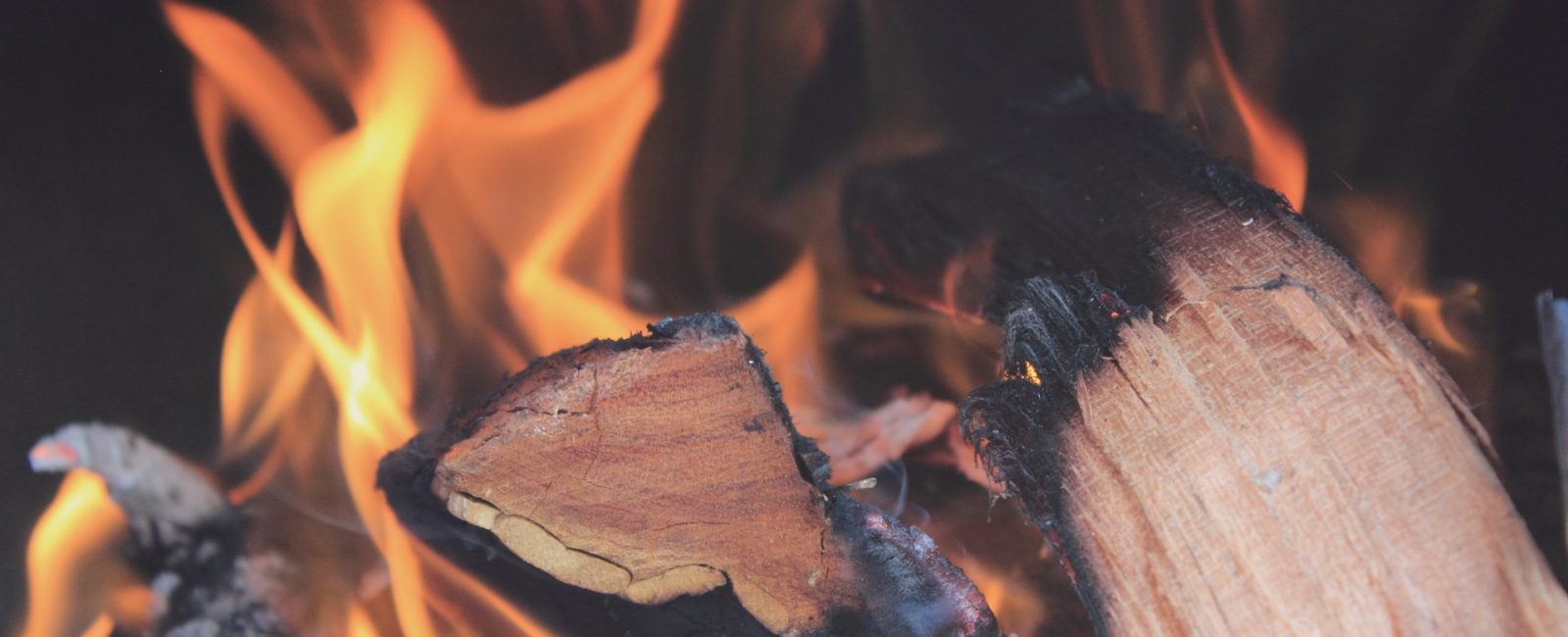Fire has been an integral part of human history, providing warmth, light, and a means of cooking since time immemorial. Whether you’re an enthusiastic outdoor adventurer, a seasoned camper, or just someone looking to enhance your survival skills, mastering the art of fire-starting is a fundamental and empowering skill.
In this comprehensive guide, we will delve deeper into the basics of fire starting, exploring various methods, safety considerations, and advanced techniques to ensure you not only ignite a flame but sustain it in diverse situations.
The Science of Fire
Before delving into the practical aspects of fire starting, it’s essential to understand the basic science behind fire. Fire requires three primary components, known as the fire triangle: heat, fuel, and oxygen. These elements must be present in the right proportions for combustion to occur. By comprehending this fundamental principle, you’ll be better equipped to troubleshoot any issues during the fire-starting process.
Step 1: Gathering Materials
The first step in building a successful fire is gathering the right materials such as ash logs. Begin by collecting tinder, which is a highly combustible material that easily catches fire. Dry leaves, twigs, and grass make excellent natural tinder. Additionally, pack some commercial fire starters, cotton balls soaked in petroleum jelly, or dryer lint, which are effective man-made alternatives.
Next, gather kindling – small sticks and twigs that will fuel the initial stages of your fire. Ensure your kindling is dry to facilitate easier ignition. Finally, collect larger logs or fuel wood to sustain the fire once it’s established.
Step 2: Choosing the Right Fire Starter
Selecting the appropriate fire starter is crucial for a successful fire. There are various fire-starting methods, each with its advantages and disadvantages. Common options include matches, lighters, kindling, ferrocerium rods, and magnifying glasses. It’s wise to carry multiple fire starters in case one method fails or if you find yourself in challenging weather conditions.
Traditionalists may opt for waterproof matches, while others might prefer the convenience of a reliable lighter. Ferrocerium rods, also known as fire starters or “ferro rods,” are popular for their durability and ability to spark in wet conditions. Experiment with different fire starters to find what works best for you.
Step 3: Creating the Fire Lay
A well-constructed fire lay contributes significantly to the success of your fire. There are several types of fire lays, with the teepee, log cabin, and lean-to being the most common.
The teepee lay involves arranging tinder and kindling in a cone shape, allowing for efficient airflow. The log cabin lay consists of stacking larger logs in a square or rectangular shape, leaving space for tinder and kindling in the centre. The lean-to-lay involves propping kindling against a larger log, resembling a makeshift shelter.
Experiment with these different fireplaces to discover which one suits your needs and the available resources.
Step 4: Ignition Techniques
Now that you have your materials and fire ready, it’s time to ignite the flame. If you’re using matches or natural firelighters, carefully light the tinder in multiple spots, ensuring even ignition. When using a ferrocerium rod, scrape the rod with a striker or the back of your knife to produce sparks that land on the tinder.
For those who enjoy a more primitive approach, using a magnifying glass to focus sunlight onto the tinder is an effective method. Remember to be patient and precise, especially when relying on natural ignition techniques.
Step 5: Fire Management
Once your fire has successfully ignited, it’s essential to manage it properly to ensure longevity and usefulness. Gradually add larger pieces of fuel wood as the fire grows. Pay attention to the airflow – too much wind can extinguish the flame, while too little can lead to a smoky fire.
Regularly tend to the fire by adding fuel wood and adjusting the arrangement as needed. This active management will result in a steady, reliable fire that serves your intended purpose, whether cooking, providing warmth, or signalling for help.
Advanced Fire Starting Techniques
While the basics are crucial, there are advanced fire-starting techniques that can be valuable in specific situations. These techniques go beyond the conventional methods and may require additional skills and tools.
- Fire Plough: This ancient method involves using a dry piece of wood to create friction along a groove in a drier piece, generating enough heat to ignite the tinder. It requires practice to master but can be effective in certain environments.
- Bow Drill: A classic survival technique, the bow drill involves using a bow to rotate a spindle against a fire board, creating friction and generating heat. The ember produced can then be transferred to the tinder bundle for ignition.
- Solar Ignition: Utilizing the power of the sun, this method involves using a magnifying glass or other optical devices to focus sunlight onto the tinder, igniting it through solar heat concentration.
Safety Considerations
While mastering the basics of firestarting is empowering, safety should always be a top priority. Follow these safety guidelines to ensure a secure fire-building experience:
- Choose the Right Location: Select a safe and designated area for your fire, away from dry grass, overhanging branches, or flammable materials.
- Clear the Area: Remove any debris or vegetation that could potentially catch fire and create a fire break by clearing a ring around the fire site.
- Keep Water Nearby: Have a ready source of water, whether it’s a bucket or a hose, to quickly extinguish the fire in case it gets out of control.
- Attend to the Fire: Never leave a fire unattended. Even a small flame can quickly escalate into a dangerous situation.
- Extinguish Properly: When you’re done with the fire, pour water on the embers and stir the ashes to ensure complete extinguishment. Feel the ashes with your hand to confirm they are cool before leaving the site.
End Note
Mastering the art of fire-starting is a continuous journey that goes beyond the basics. As you gain experience, you’ll develop a deeper understanding of the various techniques and their applications. Whether you’re facing a survival situation, enjoying a camping trip, or simply seeking to connect with nature, the skills acquired from this comprehensive guide will serve you well. By expanding your knowledge and practising different fire-starting methods, you’ll not only enhance your self-reliance but also foster a profound connection with one of the most elemental aspects of the human experience – the flame.





